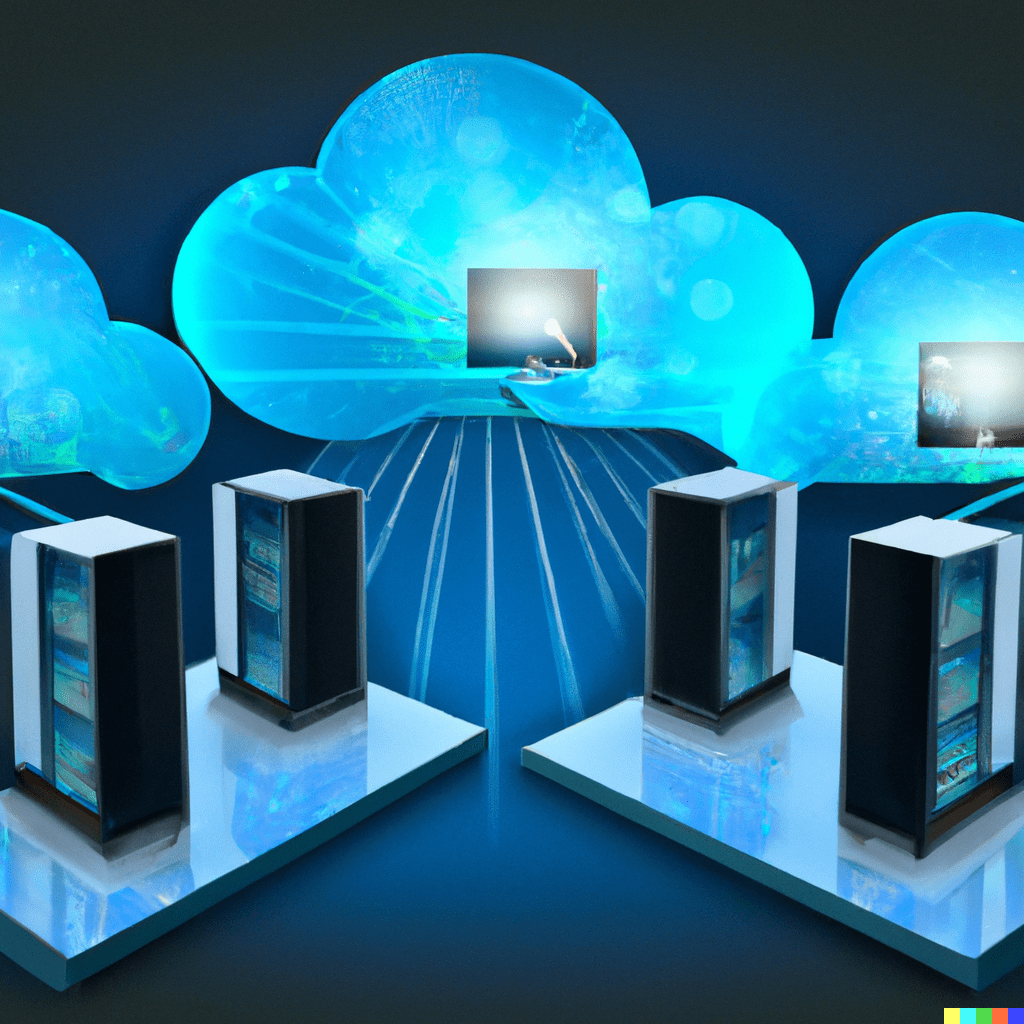So, you are in the market for cloud computing and ready to migrate your entire organization into the cloud because of all its benefits over on-premises infrastructure. Cloud computing is without a doubt a key catalyst to the industrial revolution of the current era.
You need to, however, unpack the entire nesting doll of embedded technologies to have a clearer understanding of the services that orbit the mighty concept of cloud computing.
Many new adopters of cloud computing have also found that a plethora of specialist tools exist to assist organizations to migrate to the cloud and manage individual cloud security elements and tools like docontrol.io, for example, that offer a complete ecosystem of SaaS cloud security tools.
The structure of cloud environments available can genuinely be compared to the iconic Russian nesting doll. In this article we would like to break cloud computing down into its basic components or offerings, so to speak.
We will address each of the following service models in the light of each other, delivering a high-level, comparative, insight into their seemingly mysterious existences.

Defining IaaS
Infrastructure as a Service refers to physical infrastructure being hosted in a vendor’s environment. This would include physical networks, processing power, data storage, and even encapsulated virtual environment such as hypervisors. Organizations would typically migrate/clone their on-premises infrastructure into the cloud.
Beyond cost-saving perspectives, organizations would also have access to standard cloud redundancy mechanisms, such as disaster recovery, automated patching, and centralized identity management. When it comes to cloud computing all these service models are completely scalable, meaning that organizations could add more storage capacity or processing to their environment in a matter of minutes.
Defining PaaS
Platform as a Service on the other hand refers to cloud environments specifically provisioned to software development houses. The platform would typically consist of an application development platform that is linked to all the necessary resources a software developer might need. Resources such as multiple different environments, data storage as well as processing.
All scalable, of course. Instead of maintaining physical hardware with various different specifications, Development teams can log into the development platform on the cloud where every developer will have identically provisioned resources.
Defining SaaS
Software as a service is where a provider hosts applications or productivity software and provides access to end users via the web. Consequently, many employees with the right credentials can access the same document repositories from anywhere in the world.
While transitioning to a work-from-home paradigm, corporations and some small and medium-sized businesses should consider SaaS ecosystems.
Many software manufacturers even hire third-party cloud providers to host their numerous applications. A cloud provider may also be a software vendor if the company is larger, like Microsoft.
Third-party cloud providers can even host numerous applications as a SaaS service for software manufacturers. It is possible that the cloud provider is also the software provider in the case of larger corporations, such as Microsoft.
The following are the advantages of SaaS that make it popular:
In Conclusion
While it might seem complex to wrap your head around, it’s not. Cloud service providers are more than happy to aid organizations to migrate their on-premises technology and applications into the cloud. Most of the major Cloud providers even offer free trial environments. While you might not be aware of it, you are most probably already utilizing SaaS. Online applications, like office365, for example, which is a SaaS-based suite.

